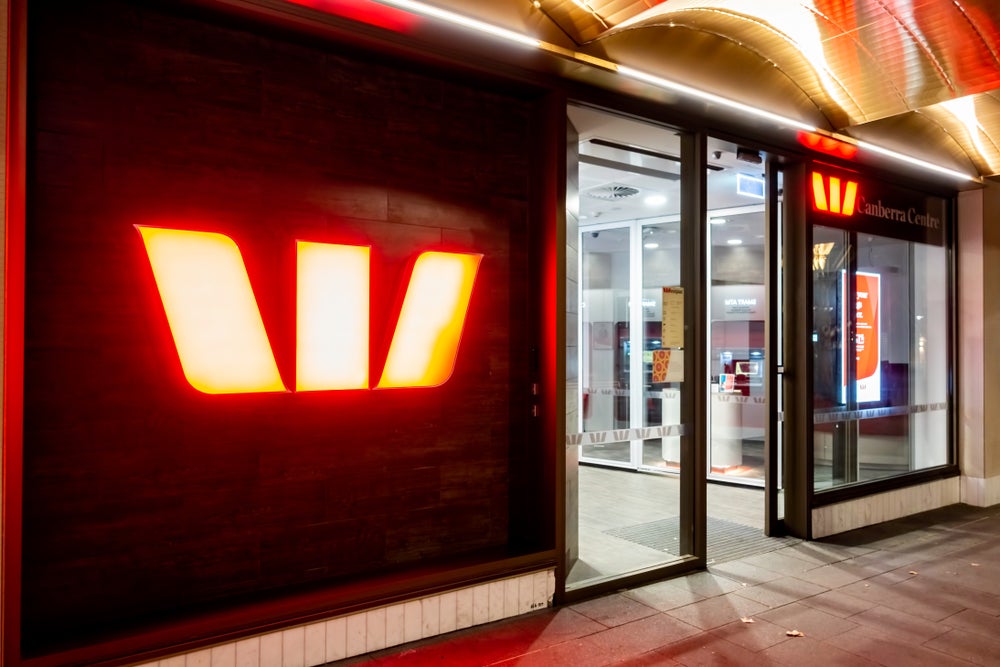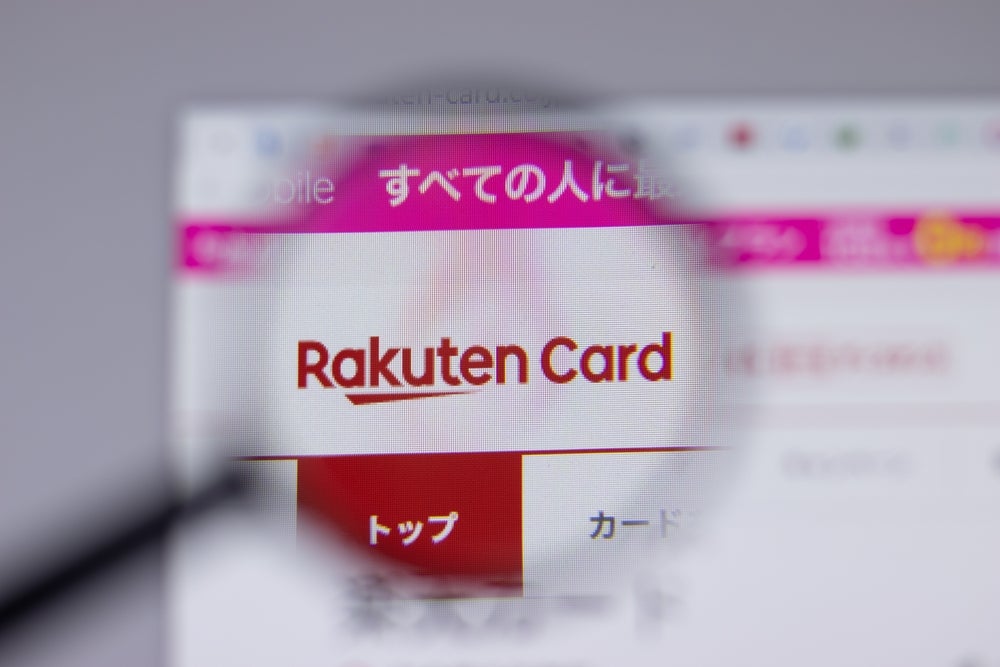In the Asia-Pacific region, many card issuers are building up
their operations through networks of partnerships and alliances.
AmBank of Malaysia has derived considerable success through this
approach. Titien Ahmad reports.
Malaysia’s AmBank currently has 3.5 million customers and is
looking to build scale by leveraging on partnerships and strategic
alliances. In the past year, the bank has been very active in
setting up partnership arrangements with organisations ranging from
loyalty players such as RealRewards to multi-level marketing
companies such as Smartlink.
“Everyone’s looking for scale,” said Perry Ong, general manager
of the bank’s card division, in a recent interview with
CI.
The RealRewards partnership generated a combined payment and
loyalty card – a first in Malaysia – of which 100,000 have been
issued. AmBank, which has 2.8 million RealRewards customers, also
acquired the merchants in the loyalty network, ensuring
single-swipe issuance and merchant acquisition through one
co-branding agreement.
“Customers are happy as they earn two sets of points – one from
AmBank and the other in Real points,” said Ong. “There are 3,000
terminals and we have covered two-thirds of the network.”
According to Mohamed Azmi Mahmood, head of retail banking for
AmBank: “The most intriguing benefit offered by this card is the
online auctions which allow cardholders to bid for
once-in-a-lifetime experiences. Through the RealRewards site,
cardholders may use their points, rather than money, to bid for
almost anything – from front-row tickets to fashion shows, film
premieres and exclusive parties, to flag-to-flag excitement at the
motor raceway and romantic vacation packages. There is no fee to
bid and points are deducted from the winner’s rewards account after
the close of an auction.”
How well do you really know your competitors?
Access the most comprehensive Company Profiles on the market, powered by GlobalData. Save hours of research. Gain competitive edge.

Thank you!
Your download email will arrive shortly
Not ready to buy yet? Download a free sample
We are confident about the unique quality of our Company Profiles. However, we want you to make the most beneficial decision for your business, so we offer a free sample that you can download by submitting the below form
By GlobalDataThe second successful AmBank product, in Ong’s view, was the
Visa card launched with Korean electronic goods manufacturer
Samsung. The Visa Imagine card has a convex right side and a
holomag, ie, it combines a hologram with the magnetic stripe.
Cardholders receive a lower interest rate of 15.6 percent at
Samsung partner merchants and Samsung MP3 players as welcome gifts.
The average Malaysian cardholder is usually charged 18 percent
interest per annum.
According to Ong: “We tied up with Samsung partners and took
advantage of the market competition between Samsung and Sony.”
Samsung Malaysia Electronics’ managing director, Wong Jong Duk,
said: “The AmBank Imagine Visa credit card fits perfectly with the
profile of the growing number of sophisticated and savvy customers
in Malaysia, many of whom have associated their lifestyle with
compelling products like mobile phones, MP3 players and notebook
PCs.”
Ong says that the RealRewards and Samsung partnership programmes
have been successful because both parties have put in substantial
effort. For example, according to Ong: “Samsung contributed to
acceptance from its partners and continuous visibility.”
Cross-sell in a growing credit market
Ong believes that segmenting AmBank’s 3.5 million customers,
identifying their needs and cross-selling using credit cards or
prepaid cards will enable the bank to reach “greater penetration
rates and thus better product holding ratio”.
According to Ong, credit card transactions grew at an average
rate of 22.2 percent per annum from 2000 to 2006. Even with the
double-digit growth, the credit card non-performing loan (NPL) rate
was at 3.3 percent of total loans outstanding and 1.4 percent of
the total banking system’s NPL. Some 87 percent of the total
outstanding is in the ‘current’ category, indicating that a
majority of the Malaysian cardholders tend to settle their bill
payments promptly. With a credit card penetration rate at 17
percent of the population, Ong observes, there is still room for
growth.
When the bank launched its first platinum card, Ong was careful
to tie in the different product offerings from the bank. “AmBank
never had a platinum card – this was more of a strategic
consideration,” he said. “When we did launch it, the product had a
different twist as we bundled other retail banking products and
offered pre-approved credit of up to MYR100,000 [$28,820] for car
loans and up to MYR500,000 credit for home loans. The official
income limit for a platinum card is MYR90,000 and we targeted the
middle income bracket.”
AmBank’s platinum cardholders were able to enjoy 50 percent of
their pre-approved housing loan on overdraft, a pre-approved
overdraft facility of MYR10,000, and a special trading line to
purchase shares from the local stock exchange, in addition to the
usual freebies.
Prepaid a huge success
Ong believes that prepaid is “an area that will have explosive
growth. The difference between prepaid and debit is that the former
is not account-based. Prepaid is thus a game of critical mass – any
customer that is not with the bank can be targeted.”
He said that the bank adopted a blue ocean strategy in launching
its prepaid card, branded NexG. The bank wanted to “carve out a
space in the underserved market through product innovation and
speed to market”.
He continued: “NexG has also been a successful card launch. A
number of local banks have tried to launch prepaid cards previously
but there was confusion over merchant acceptance, due to the
different branding of prepaid and credit cards, and merchants
already had their window decals of Visa and MasterCard.
“When AmBank launched the prepaid programme, the acceptance
factor was taken care of by branding the card as prepaid MasterCard
instead of Electron.
“Prepaid is not technology-dependent and does not need
reinvention of the wheel as we are leveraging on the scheme-branded
cards. Our target customer is the unbanked and uncarded customer
who would not typically go into the bank – prepaid gives approval
guarantee with no income floor limit.”
Ong turned the product into a commodity and sold it through
7-Eleven stores. He said: “Youngsters are used to buying prepaid
telephone cards through shops so we made NexG into a commodity
product with a MYR25 starter pack. There was also MYR300 worth of
vouchers apart from the plastic. So it was attuned to the lifestyle
of the target market.”
The vouchers can be redeemed at outlets targeting the youth
market such as Hoca Coffee, Nokia, Imax Theatre, Puma and
Yoshinoya. The card can be activated by completing the registration
form and sending it, together with a copy of the person’s
identification card, in a postage-paid envelope to the bank. There
is no minimum limit for reloads, although AmBank branch counters
require MYR100 minimum reload. Cardholders can reload up to a
maximum of MYR10,000 at any given time.
The bank targeted the 18- to 25-year-old group who would have
the earning potential but not the credit history to fund their
spending, as “banks typically need job longevity before granting
credit and would not touch recent graduates”. Ong said: “I still
see the youth market as a bigger market, though the wider
acceptance of the card would push the success of prepaid. Malaysia
currently has about 100,000 card acceptance outlets and we need to
expand into transportation, highway, car parks and food
outlets.”
To increase the market reach of the cards, he also tied up with
a few non-bank partners such as local cineplex operator Cathay, and
a local college – every new student enrolled will receive a
co-branded AmBank prepaid card.
Although Ong believes the bank’s distribution network is a key
advantage over telecommunications providers in the prepaid
business, he sees the future in mobile convergence. He has recently
linked up with a local telecommunications provider, Telekom
Malaysia, to launch a prepaid card that combines calling card
functionality with the payment function.

Cards will remain growth driver
Ong says: “AmBank’s mainstay will continue to be credit
card-biased, but with increased emphasis in prepaid and debit
initiatives, very much in tandem with the national agenda.
Regulators have been advocating public education on prudential
financial management coupled with a push towards a cashless society
via debit and prepaid.”
This is because the penetration rate for credit cards in
Malaysia is still relatively low. Ong estimates that less than 40
percent of the registered work force hold a credit card, after
taking into account duplicate cardholders.
However, he said, although “credit cards will remain the most
important driver of growth, generating interest earnings for banks…
it is already facing diminishing fee income, as more and more
free-for-life cards are proliferated by local and foreign banks
alike. There is thus a need to identify new income streams,
particularly in the areas of fee-based income via product
innovation.”
Cost of acquisition
The other main challenge for Malaysian card issuers will stem
from the rising cost of acquisition and retention. “We are a
growing affluent market and everyone is stepping up their efforts
to attract cardholders, so the cost of acquiring a customer is
increasing. The discerning customer now expects benefits, and
rewards to retain and acquire them,” said Ong.
Competition is expected to come not only from peer banks but
from new Islamic banks such as Al Rajhi and Kuwait Finance House,
which has set up in Malaysia in the past two years. However,
according to Ong: “Our battle is against cash as opposed to just
competition at large.”
Emerging segments that will vie for a stake in the customer
wallets include commercial or purchasing cards. Although
contactless cards are being adopted, Ong feels that the
wait-and-see attitude of cardholders and the low acceptance rate
means contactless cards will appeal more as a novelty than a
convenience.








